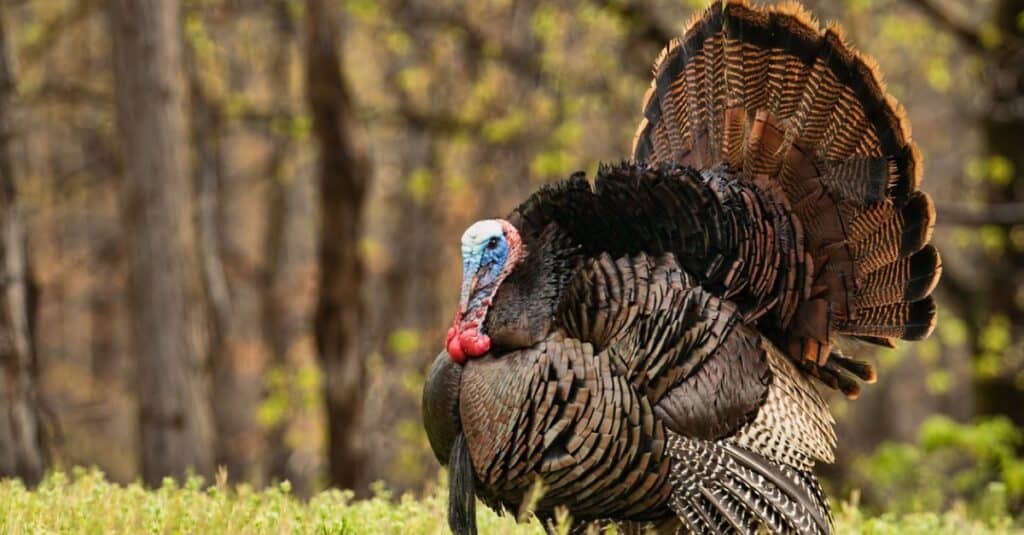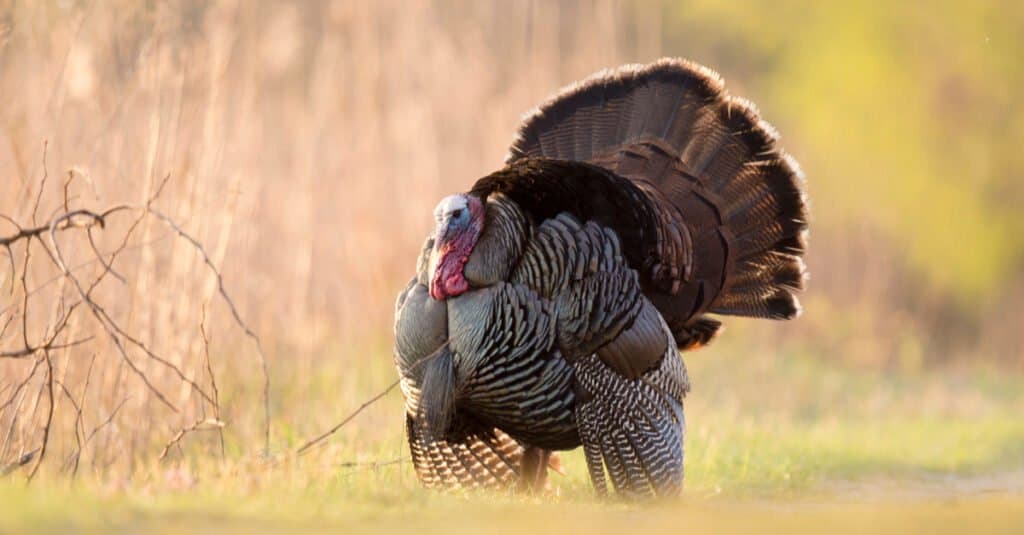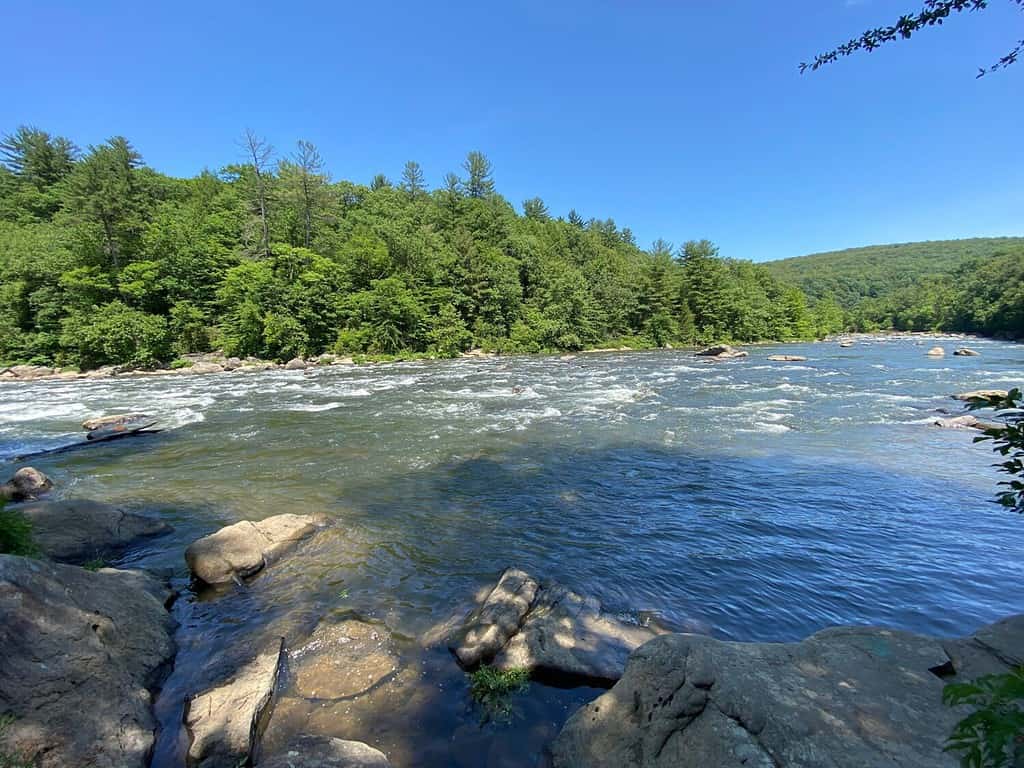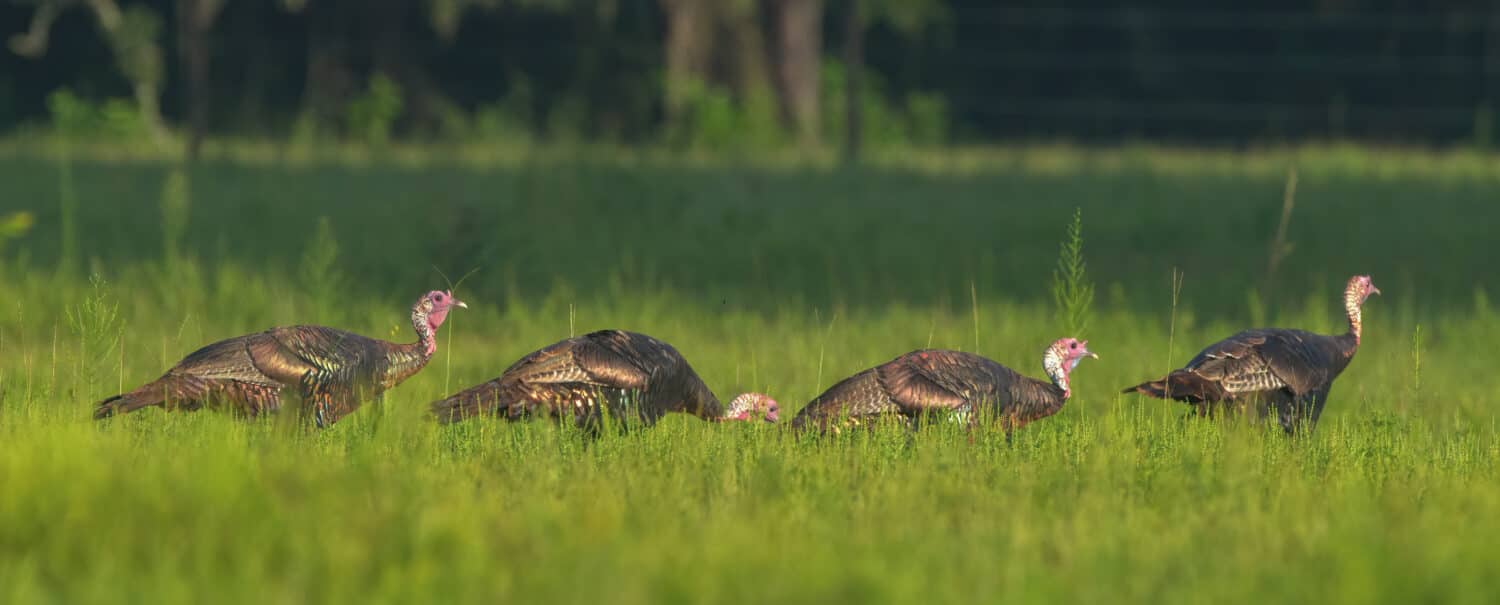Pennsylvania isn’t particularly known for its turkey hunting. However, the state does boast a sizeable turkey population. Like many states, several laws and regulations surround the hunting of turkey. If you want to hunt turkey in the state, you must know these rules. Which can change every year (and sometimes even in the middle of a season, though this is rare).
Below, we’ll take a look at the most important regulations, such as bag limit and season timing. You should always review the complete hunting manual before hitting the field. However, these guidelines can help you begin the process.
Season Timing
Turkey hunting in Pennsylvania features two different seasons: fall and spring. Each season has its own challenges and rewards, as well as regulations.
The spring season is one of the most popular, as turkeys actively engage in breeding during this time. Therefore, they are very active from late April to late May, which makes them easier to find and hunt. The spring season encompasses these months and is a great time for hunting.
Typically, you may only hunt male turkeys during this time. They’re often very responsive to calls, though there are often regulations regarding calling.
Because spring hunting only focuses on male turkeys, it usually has a pretty low bag limit. Often, hunters can take only one or two bearded turkeys throughout the whole season.
The fall turkey season is a bit different. It occurs from mid-October to late November. Turkeys alter their behavior during this time. Often, flocks consist of mixed-aged birds, including adult hens, young-of-the-year birds, and jakes (juvenile males). Gobbling is less common during this season.
Often, this season allows for the taking of turkeys of both sexes, including hens and jakes. However, the bag limit will vary from area to area, so it is important to check your specific area before taking turkeys.
Since turkeys may disperse in larger flocks during the fall, scouting becomes essential. Locating feeding areas, roost sites, and travel corridors can increase your chances of encountering birds.
License Requirements for Turkey Hunting in Pennsylvania

Turkeys spend all of their awake time hunting for food in most cases.
©iStock.com/Jens_Lambert_Photography
To hunt in Pennsylvania, you need a hunting license. The state offers licenses for both residents and non-residents. This license provides you access to all sorts of hunting opportunities, not just turkeys. The price depends on the type of license you’re purchasing and if you qualify for any discounts.
In addition to the general hunting license, hunters need to purchase a specific wild turkey license or tag, which allows them to hunt turkeys during the designated seasons. It’s important to always carry this license on you, as well as your usual hunting license. You’ll also need a photo ID, such as a driver’s license.
Juvenile licenses and tags cost less than those for adults. In-state residents pay less than non-residents, as well. The exact price can vary from year to year, though.
You can purchase a license from several different places, including an authorized license agent and the state’s game website.
Regulations and Bag Limits

Pennsylvania has specific requirements for hunting turkeys.
©Ray Hennessy/Shutterstock.com
On top of purchasing a license, you’ll also need to follow several other regulations, including bag limits.
In the spring season, the focus is mostly on male turkeys, as this helps minimize the impact on the breeding populations. Bag limits can vary widely between wildlife management units. In many cases, the hunters are allowed to take one to two bearded turkeys during this time.
Some units may have specific requirements for the length of the beard, which helps ensure hunters only take older male turkeys. However, some don’t have this requirement at all.
The fall season allows for more flexibility regarding the birds you can harvest. Both male and female turkeys (hens and jakes) are fair game. However, each area still has its own bag limits, though they are often more generous.
Hunting hours for turkeys usually follow the “established” legal sunset and sunrise hours. Often, hunting is allowed from dawn to dusk. Specific times can vary, though. In some cases, hunting is only allowed until noon.
Be sure to always check for the official hunting times in your manual, as the state does have an official time they consider to be sunset and sunrise during the year.
When you harvest a turkey, you will need to tag the bird. This allows the game authorities to track harvest numbers and ensure the turkey was harvested legally. Regulations around tagging are very strict, so be sure you know how to do it and have your tag with you when hunting. Tags are not transferable between people.
Each type of weapon has its own regulations for hunting. You can only use certain ammo, for instance. It’s absolutely vital that you’re aware of these before you hit the field and have the correct weapon. Furthermore, different weapons may only be allowed at certain times, so always check.
Of course, adherence to hunter safety is required. You must follow all firearm safety rules, as well as hunting-specific rules. For instance, you must properly identify your target and wear blaze orange during certain seasons (or in a hunting area).
If you plan to hunt on private land, you must also obtain permission from the landowner. Respecting property boundaries is a must. Even if you’re hunting, trespassing is still trespassing. If you’re following an injured animal, you still have to ask permission to go on someone else’s land.
You should always check for updates, as well. Regulations can change at any time, and sometimes they change in the middle of a season.
Popular Turkey Hunting Spots in Pennsylvania

Allegheny National Forest is a popular turkey hunting location.
©c.thomas87/Shutterstock.com
If you want to hunt in Pennsylvania, there are many areas to choose from. The state does have quite a bit of public land that you can hunt on. In fact, the Pennsylvania Game Commission manages over 1.5 million acres of state game lands.
Some notable areas include State game land 33, which is in Luzerne County and is known for its turkey population. State Game Land 12 is situated in Northumberland County and is a popular area throughout the year.
The Allegheny National Forest is another popular area for hunting. It includes a range of habitats, including hardwood forests, ridges, and valleys. These can attract a sizable turkey population. Rothrock State Forest also is a favorite of hunters, as it offers a mix of rugged terrain and wooded areas that make some prime turkey hunting grounds.
Turkey hunting is also popular in Michaux State Forest. Known for its sizable turkey population, this state area covers parts of Adams, Cumberland, and Franklin counties. It mostly covers mature hardwoods, but there are some mixed forests present too.
Tioga State Forest boasts lots of rolling hills paired with mature forests, which turkeys tend to love.
You can also hunt on private land in the state. If you own land, this is the easiest way to go about hunting. Of course, you still have to adhere to hunting regulations; owning your own land doesn’t make you exempt.
You can hunt on other’s land, too. However, you do have to have explicit permission to hunt there. It is best to get the permission in writing along with the landowner’s signature. Have this permission on your person while hunting in the area so that you can show it to any game wardens that come by. Trespassing during a hunt is a major problem in the state. Officials take it very seriously.
Many hunting clubs will have opportunities to hunt on private land. Sometimes, the group may even own a larger piece of shared land. Farm owners also allow others to hunt on their land from time to time, especially if the turkeys are being destructive on their property.
Thank you for reading! Have some feedback for us? Contact the AZ Animals editorial team.








